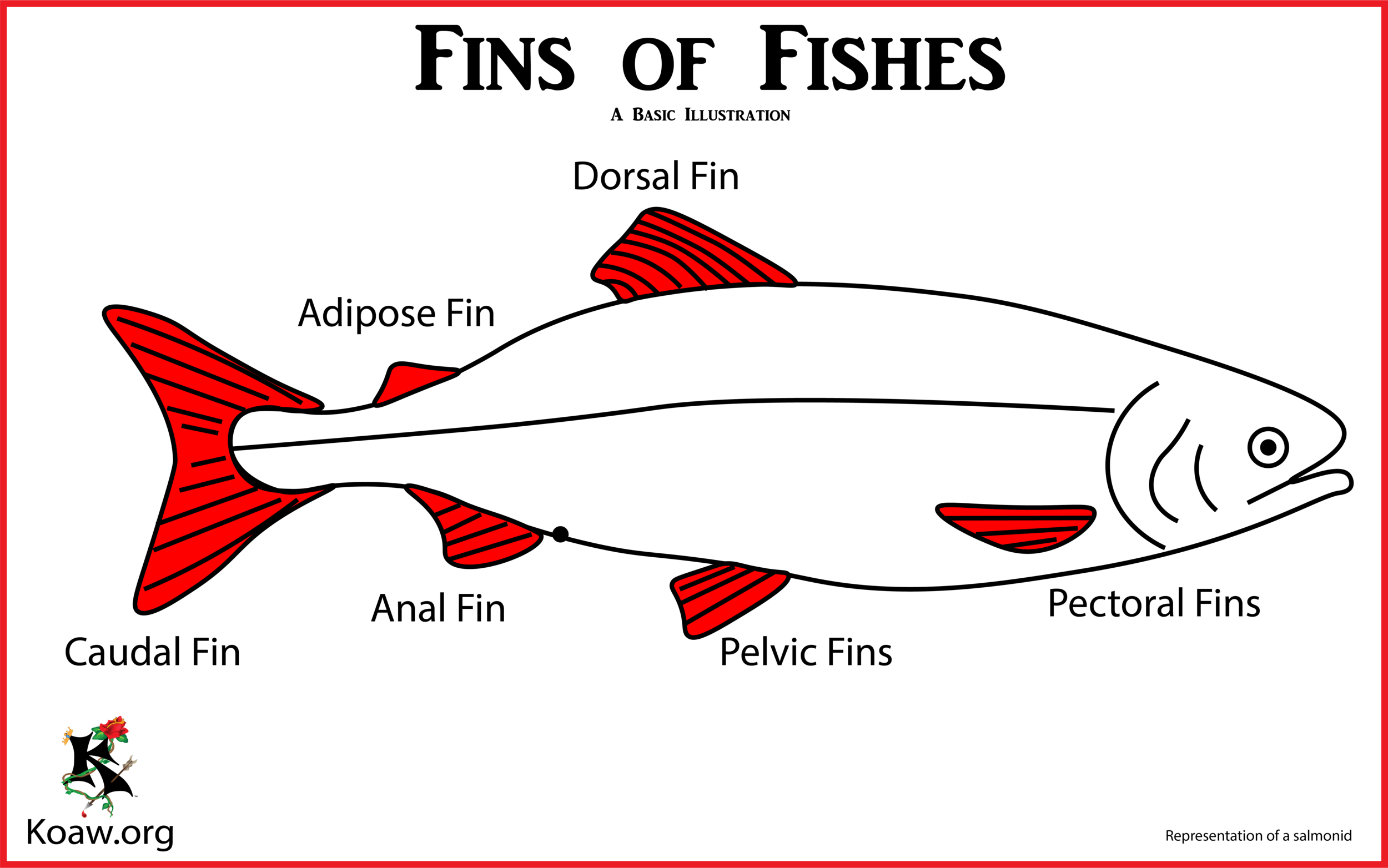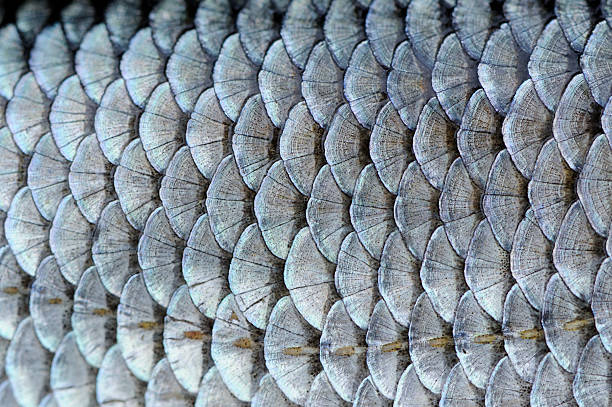External features of different kinds of fish
a) Head:
- The region from the snout to the posterior edge of the operculum is head. Head region consists of mouth, eyes, operculum, and barbells etc.
- Mouth is terminal in tilapia, sub-terminal in Labeo and ventral in Schizothora, Garra species etc.
- Mouth encircled with sensory barbells in majority of fishes.
- The large eyes are situated on lateral side of the head.
- Eyes are very rudimentary in some fishes which live deep water or muddy water ex. Mastacembellus, Monopterus species.
- Either side of head region bony structure known as operculum and beneath each operculum lies respiratory organs.

b) Trunk:
- It is thick middle part of body, on either side of trunk lateral line present or extends from operculum to base of the caudal fin which may be continuous or discontinuous or absent.
- The trunk bears fins including paired or unpaired fins.
- Dorsal surface of the body consists of large dorsal fin supported by fin rays.
- In some fishes only one unpaired dorsal fin present while in some fishes second dorsal fin are also present.
- In Some fishes instead of second dorsal fin, adipose fin present without supporting fin rays.
- Just behind the operculum a pair pectoral fin lies on either side just behind the operculum.
- Mid-ventral of the body a pair of pelvic or ventral fin is present in majority of fishes.
- At the end of trunk lie series of three aperture, anus and middle genital and posterior urinary.

c) Tail region:
- It is laterally compressed and narrow behind.
- At the ends bearing un paired homocercal caudal fin in majority of fishes.
- While in some fishes caudal fin may heterocercal or diphycercal or protocercal type.
- The single unpaired anal fin lies just behind the anus.

d) Fins:
- Fins act as the organ of locomotion. Fins are made up of rigid rays.
- Fishes that have rays which are bony, stiff, and separated are called spines.
- In such cases the front portion of the fish is called Spiny Dorsal and the rear portion is called Soft Dorsal. In Gobi species the Spiny and Soft dorsal are separated and form two distinct dorsal fins.
- Dorsal fin and ventral – Helps the fish to be stable while swimming
- Caudal fin – This fin is the main one for propelling.
- Anal fin- Used for stability
- Pectoral fins- Used for propelling and side to side movement.
- Adipose fin – Gives Stability while swimming.

e) Skin:
- Fish skin is divided into two layers, outer layer (Epidermis) and the Dermis.
- The outer layer Epidermis is made up of Epithelial cells. These cells are arranged one above the other and drop frequently and it’s replaced with new ones.
- Slime cells are present in the interspace between the outer cells. The slime coat, a form of mucus is produced by the slime cell that is very important protective covering.
- Under the Epidermis layer lies under the Dermis layer. This layer is made up of connective Fibroblasts, collagen, and blood vessels.

f) Scales:
- In the pocket of the Dermis lies the scales and it comes out of the connective tissue. The scales are covered by the epithelial layer.
- The scales overlap with each other to form a protective elastic wall which is capable of withstanding blows and bumping.
- Scales are of two types, one is serrated, and the other is smooth.
- In Mailed Catfish bony plates are present instead of scales. Some species do not have scales at all.

g) Gills:
- Gills present under the gill cover help the fish to respire.
- They are the delicate system of blood vessels covered by a very thin Epithelium through which the fish breathes.
- The Pharynx wall is perforated with five slit like openings. The tissue between the slits is called Gill arch.
- On each side of the fish is present five gill slits and four gill arches. The gills are actually mounted on the gill arches.
